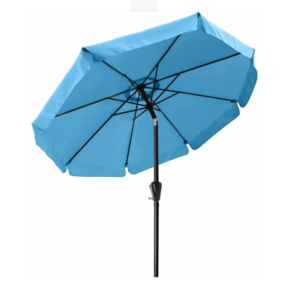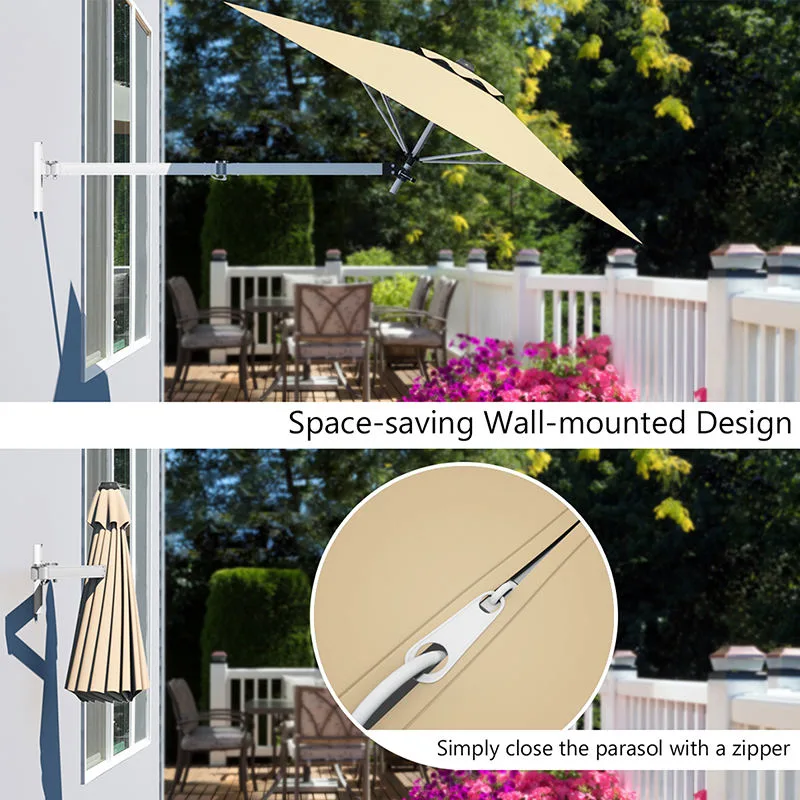
Unveiling the Art and History of This Elegant Shade In the world of outdoor leisure and sun protection, the term “parasol” carries an air of sophistication and charm. But what does parasol actually mean, and how did it become synonymous with elegant shade and style? In this blog post, we’ll delve into the intriguing history and cultural significance of parasols, shedding light on their enduring appeal.
The word “parasol” comes from the French language.You see, the word “parasol” has a French origin. It’s like a mashup of “para,” which means “shield,” and “sol,” which simply stands for “sun.” So, in everyday language, a parasol is basically a fancy sunshade or an umbrella designed to keep you cool and protected from the blazing sun. Unlike your regular umbrella, which keeps you dry in the rain, a parasol has this nifty double job – it shades you and adds a bit of pizzazz to your time outdoors.
The Historical Roots of Parasols.
The concept of using a parasol for sun protection dates back centuries, with its origins deeply intertwined with various cultures and regions. Let’s take a historical journey to explore how parasols have evolved and gained cultural significance.
The Birthplace of Sunshade The earliest recorded use of sunshades resembling parasols can be traced to ancient Egypt. In this cradle of civilization, parasols were more than just practical tools; they were symbols of status and prestige. Historical depictions show Egyptian nobility using parasols made from palm leaves to shield themselves from the scorching sun while also showcasing their elevated social standing.
A Rich History of Elegant Umbrellas China has a long history of crafting exquisite parasols and umbrellas. Early Chinese parasols were made from bamboo and paper, displaying intricate designs and intricate craftsmanship.Now, these parasols were not just about keeping the sun at bay; they were like a symbol of wealth and beauty. Imagine this – they even became a hit in traditional Chinese weddings, signifying the bride’s journey into a brand new chapter of her life.

Parasols and Victorian Fashion In Europe, parasols gained prominence during the Victorian era. These parasols featured ornate handles and delicate fabrics, often matching the wearer’s fashionable attire. Beyond sun protection, parasols became an essential fashion accessory for women of high society, adding a touch of elegance to their outdoor appearances.
The Art of the Wagasa Japan, too, has a rich history of parasol use, with a particular focus on the wagasa, a traditional Japanese parasol. These umbrellas are renowned for their artisanal craftsmanship and artistic designs. The wagasa serves not only as a sunshade but also as an embodiment of Japanese culture and aesthetics.
Parasols as Fashion Statements Today, parasols continue to be a symbol of style and grace. From beach resorts to garden parties, they are not just practical tools but also fashion statements. Modern parasols come in a wide variety of designs, materials, and colors, catering to individual preferences and personal style.
Beyond their rich history and cultural significance, parasols have found a place in various aspects of contemporary life:
Beach Umbrellas: Parasols at the beach offer sun protection and create a cozy spot for relaxation.
Outdoor Dining: Restaurants often use parasols to create inviting alfresco dining spaces, offering shade to diners.
Weddings and Events: Parasols add a touch of elegance to outdoor weddings and special events, enhancing the ambiance.
Gardens and Patios: Homeowners and garden enthusiasts use parasols to create comfortable outdoor spaces for leisure and relaxation.
Now that you have a deeper understanding of what a parasol means and its rich history, you might be considering getting one for yourself. When choosing a parasol, consider factors such as size, materials, and design to ensure it aligns with your personal style and practical needs.
To wrap it up, think of a parasol as more than just a sunshade. It’s like a symbol of elegance, culture, and everlasting beauty. Whether you’re taking a leisurely walk in the garden, chilling by the beach, or enjoying a special event, a parasol can level up your outdoor time and add a touch of class. So, the next time you spot a parasol, you won’t just see an umbrella – you’ll recognize its cool history and cultural vibes.